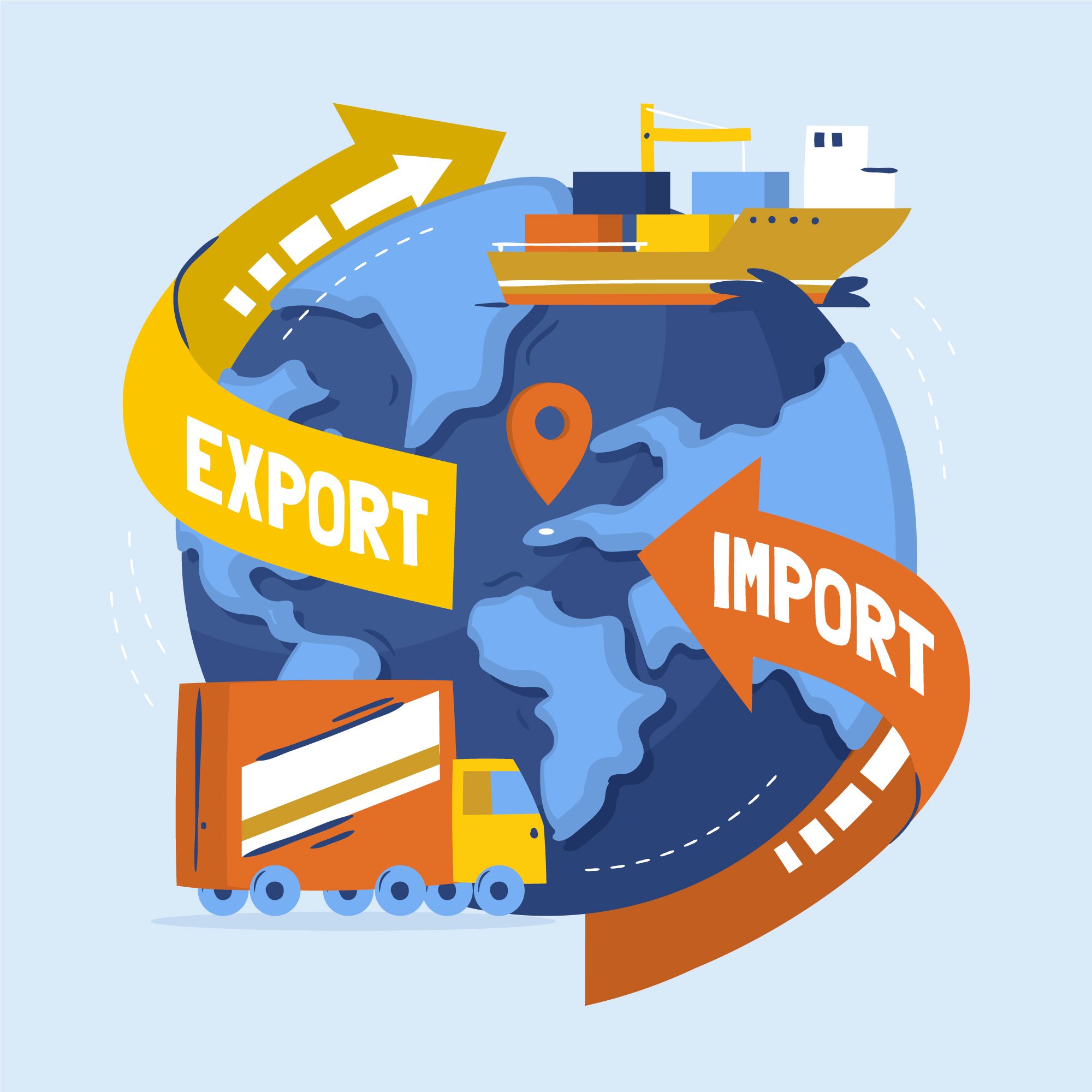Disclosure: Small Business Philippines strives to provide relevant and accurate information in all its articles. However, some information in our articles may differ or might be outdated from what you can see or read directly from the establishments’ or businesses’ websites. Please get in touch with us directly for any discrepancies.
An import-export business in the Philippines involves the buying and selling of goods and services across international borders, facilitating trade between local and foreign markets. As an entrepreneur or business owner, engaging in this dynamic sector can offer lucrative opportunities for growth and global expansion.
- Why Start an Import-Export Business in the Philippines?
- When is the Right Time to Venture into Import-Export Business?
- Where to Start an Import-Export Business in the Philippines?
- How to Start an Import-Export Business in the Philippines: Step-by-Step Guide
- Examples and Tips for a Successful Import-Export Business
- Key Takeaways
Why Start an Import-Export Business in the Philippines?
Starting an import-export business in the Philippines can be a game-changer for your entrepreneurial journey. By venturing into this industry, you can tap into a wide range of benefits:
Diversification
Expanding your business to import-export operations allows you to diversify your product range and target new customer segments, reducing the risk of relying solely on one market.
Global Reach
An import-export business opens doors to the global market, enabling you to access an international customer base and establish your brand on a global scale.
Profit Potential
International trade can bring higher profit margins due to sourcing products from low-cost regions and selling them at competitive prices in higher-value markets.
Market Trends
By staying active in the import-export sector, you can keep track of emerging market trends and adapt your offerings to meet evolving customer demands.
When is the Right Time to Venture into Import-Export Business?
Timing is crucial for success in the import-export business. Here are key indicators that signify the right time to embark on this journey:
Market Research
Conduct thorough market research to identify demand for your products or services in foreign markets. Ensure that your offerings align with current market trends.
Financial Preparedness
Assess your financial capabilities and secure sufficient capital to cover initial investments, transportation costs, customs duties, and other expenses.
Regulatory Environment
Familiarize yourself with the import-export regulations in the Philippines and your target countries. Complying with legal requirements is essential for smooth operations.
Where to Start an Import-Export Business in the Philippines?
Choosing the right location for your import-export business is essential for seamless operations and logistics. Consider these factors when selecting your business base:
1. Proximity to Ports
Opt for a location near major ports or airports to streamline the transportation of goods and reduce lead times.
2. Infrastructure
Ensure the area has reliable infrastructure, including transportation networks, warehouses, and communication facilities.
3. Business Ecosystem
Choose a location with a thriving business ecosystem and access to skilled labor to support your operations.
How to Start an Import-Export Business in the Philippines: Step-by-Step Guide
Step 1: Business Plan
- Define your niche and target markets.
- Conduct a SWOT analysis to understand strengths, weaknesses, opportunities, and threats.
- Set clear goals and create a detailed business plan.
Step 2: Legal Requirements
- Register your business with the Philippine government and obtain the necessary permits and licenses.
- Familiarize yourself with trade laws and regulations, customs duties, and taxes.
Step 3: Product Selection and Sourcing
- Research and select products that have demand in foreign markets.
- Establish reliable supplier relationships and negotiate favorable terms.
Step 4: Market Research and Entry Strategies
- Study target markets to understand cultural differences, consumer behavior, and competition.
- Develop effective market entry strategies based on your findings.
Step 5: Logistics and Transportation
- Arrange for efficient transportation of goods, considering factors like shipping methods and transit times.
- Ensure proper packaging and labeling to meet international standards.
Step 6: Financial Management
- Set pricing strategies that consider all costs involved in the import-export process.
- Implement financial controls and manage cash flow effectively.
Step 7: Marketing and Branding
- Build a strong online presence and create a professional website.
- Utilize digital marketing strategies to reach potential international customers.
Step 8: Compliance and Documentation
- Ensure compliance with international trade regulations and documentation requirements.
- Keep accurate records of transactions and shipments.
Examples and Tips for a Successful Import-Export Business
1. Utilize Free Trade Agreements (FTAs)
Leverage FTAs between the Philippines and other countries to enjoy reduced tariffs and facilitate smoother trade.
2. Build Strong Relationships
Cultivate strong relationships with suppliers, customers, and shipping partners for reliable and efficient operations.
3. Understand Cultural Nuances
Be mindful of cultural differences when conducting business with international partners to avoid misunderstandings.
4. Stay Updated on Trends
Regularly monitor industry trends and global market developments to stay ahead of the competition.
5. Secure Payment Methods
Use secure and reliable payment methods to protect your business from potential risks.
Key Takeaways
Embarking on an import-export business journey in the Philippines can be a transformative experience for entrepreneurs and business owners. By leveraging the nation’s strategic location, diverse market opportunities, and favorable trade policies, you can expand your business horizons and achieve sustainable growth.
Remember to conduct thorough market research, comply with legal requirements, and build strong relationships with suppliers and customers. Stay vigilant about market trends and stay committed to continuous learning and improvement.
Are you ready to embrace the exciting world of international trade? Seize the moment, and unleash your entrepreneurial potential in the thriving import-export industry of the Philippines!
Start your import-export venture today and unlock limitless opportunities in the global marketplace. Reach out to industry experts for guidance and embark on a journey toward sustainable success. Remember, the time to thrive is now!



